20 Top Tips to make sure your caravan is safe and legal
How do you know your caravan is safe and legal? Check out and follow our 20 top tip checklist to make sure. Let’s face it, you have invested a lot of money in your caravan or camper, and it is…
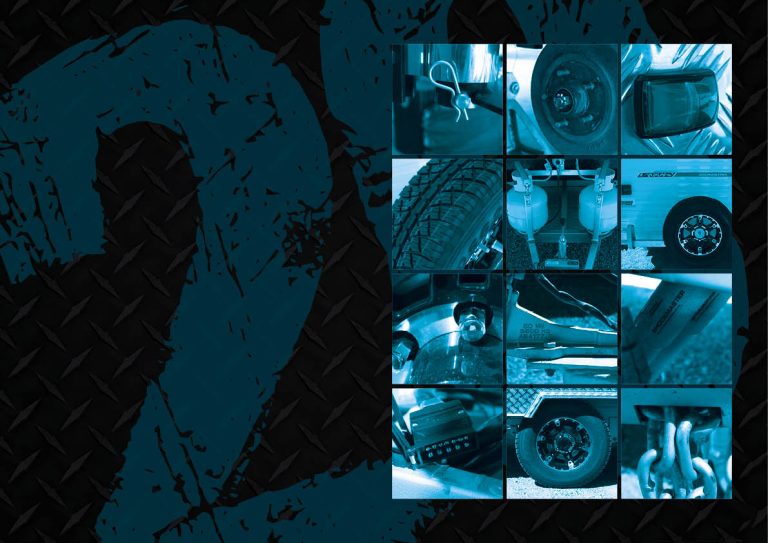

Let’s face it, you have invested a lot of money in your caravan or camper, and it is important to protect your second home by looking after it and maintaining its condition. Maintenance – or rather, preventative maintenance – is like a safety inspection, and needs to be done on a regular basis so that your van won’t let you down. Safe and legal doesn’t mean boring – it means you can have more time to be relaxing in camp, not broken down by the side of the road.
1: Technical Paperwork
Both your caravan and your tow-vehicle must be legal and safe and fully comply with all applicable ADRs (Australian Design Rules) and Australian Standards. If there have been any modifications to either, the compliance may now be invalid. If you are not mechanically knowledgeable and experienced, you should have an accredited automotive engineer or mechanic conduct the technical aspects of the maintenance, and make any necessary replacements or adjustments.
Only licenced gasfitters and electricians are permitted to service gas and 230-volt AC electrical appliances and installations. It is expected that all dealers will supply all of the necessary information (in writing) for proper servicing and maintaining of their vans. If any information is apparently missing – or you do not understand something – don’t hesitate to contact the dealer who sold the van. Of course, with used vans, some of this information may well have been lost, so owners should try to obtain a copy of anything that has seemingly disappeared.
The most important documents are the Owner’s Manuals – often jokingly called Moaner’s Annuals – for the van, and all of the appliances and additional equipment fitted. Again, if you do not feel confident in doing any of the inspection and maintenance items, have them done by an experienced technician, so as best prevent causing any personal or product damage.
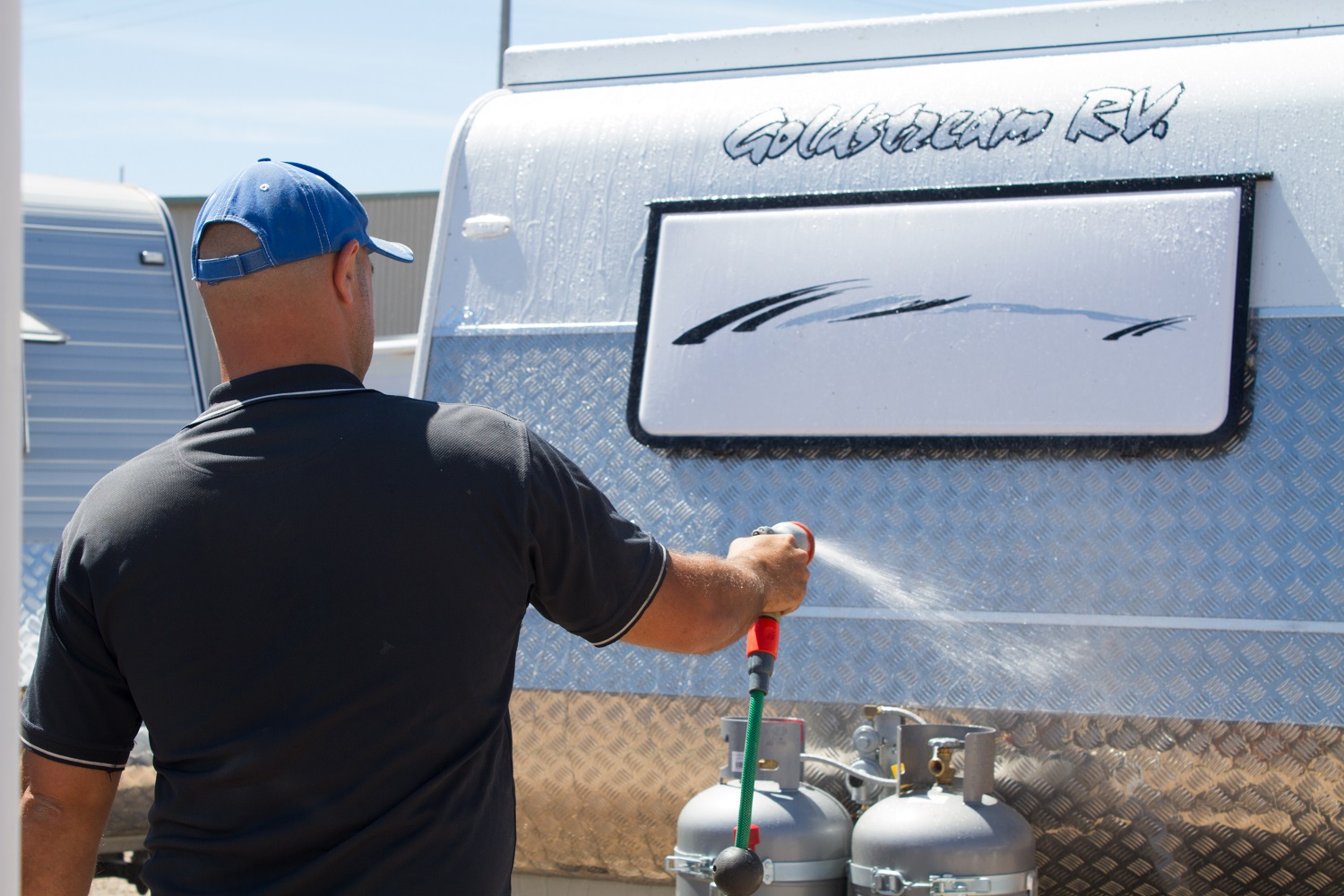
2: The Wash Up
Cleaning is a basic first step in maintaining your van in good condition, and also for allowing proper inspection of components for any damage. Follow instructions provided, and do not use harsh chemicals, when just soap and water are recommended. Likewise, do not use excessive force when rubbing the various surfaces.
Cleaning Covers Three Areas
1: Hard surfaces, such as all exterior and interior surfaces of the van, cabinets, appliances,
toilet/shower, and vinyl and fibreglass.
2: Soft surfaces, such as canvas, carpets, curtains, bedding, tyres, and all rubber seals.
3: Underside and running gear, such as the chassis, floor, axles, suspension components, hub assemblies, brakes, wheels, tyres, stabilisers, jockey-wheel, and coupling assembly.
Do not use full pressure, such as a jet wash, but use moderate pressure as a spray – to simulate a severe rain storm – to tests all seals (around the van door and compartment doors, windows, hatches, and body/roof panels) for effectiveness. Carefully inspect the interior panels and seams to see if any water leakage has occurred; if so, have the leaks professionally repaired.
3: Ratings and Masses
It is extremely important to understand all relevant ratings and masses. It is illegal to exceed any of the ratings that are set by the manufacturers.
Measured Tare Mass: …. kg
Ball-Loading at the Tare Mass condition: …. kg.
The ball loading is critical regarding proper handling and stability. It is also recommended that you obtain a weighbridge certificate for both the Total Mass and the ball loading, when you are fully loaded, just to be certain that you are not overloaded.
Legal Load-Carrying Capacity (LLCC) = Aggregate Trailer Mass (ATM) Rating – Tare Mass
How much water do you really need to carry? Remember, water is included in the payload, and not in the Tare Mass. Has the manufacturer supplied the ball loading at the Tare Mass (empty) condition and the maximum permissible ball loading?
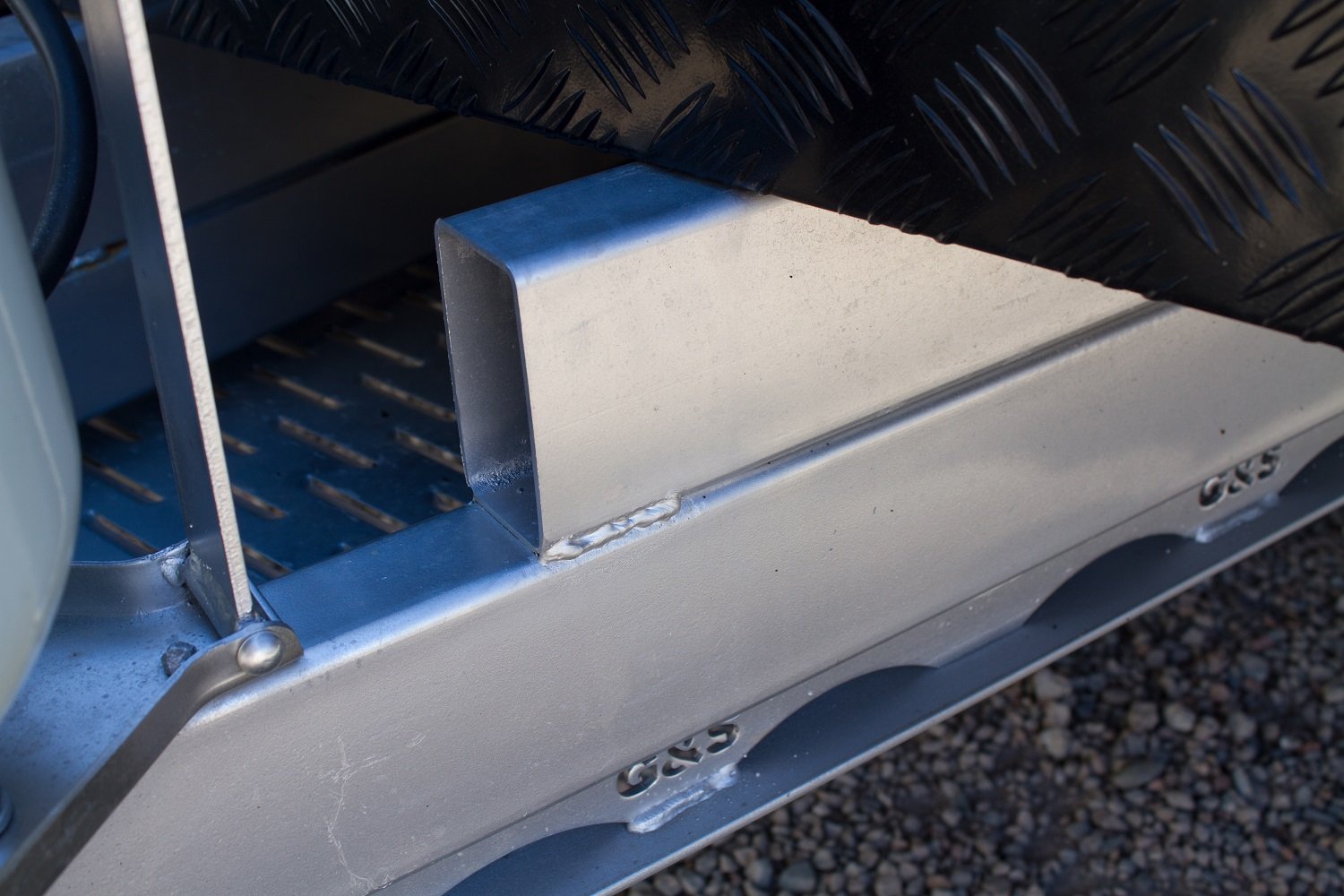
4: Chassis and A-Frame
Are all structural members – and welds – free of damage, cracks, and rust? Is the underside free from damage, rotting timber, mud accumulations, and loose components? Are all tubes, hoses and electrical wires properly protected, secured, and in good condition? Fill the water tank(s) using a hose at normal pressure. Check all lines and connections for leaks.
Read Next Caravan chassis: the things we thought we knew, but didn’t
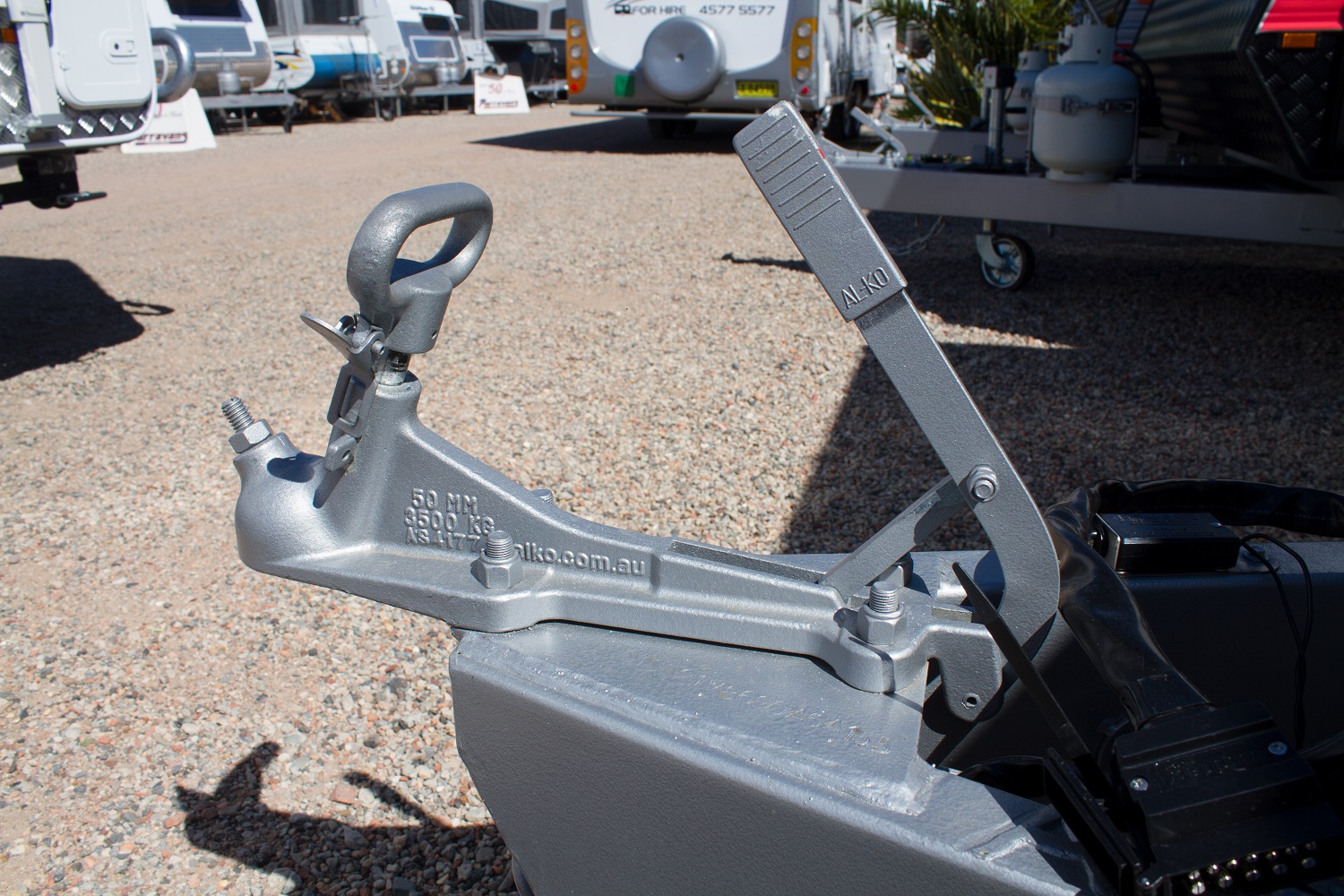
5: 50MM Ball and Coupling
Check if the coupling and the mounting bolts are in good condition and nuts torqued correctly? Is the anti-rattle stud correctly adjusted? Is the ball nut tightened to the prescribed torque, and fitted with a lock-washer/nut? If a friction-type anti-sway coupling is fitted, is the ball physically prevented from rotating?
6: Safety Chains and D-Shackles
It’s the little things we tend to miss. Are the safety-chains securely welded to the A-Frame? Do the D-Shackles have a stamped Load Rating? Never use light alloy spring-loaded tie-down hooks. Always use steel D-Shackles that are as strong as the safety chains, and have a threaded securing bolt.
Read next: Do my caravan shackles have to be yellow?
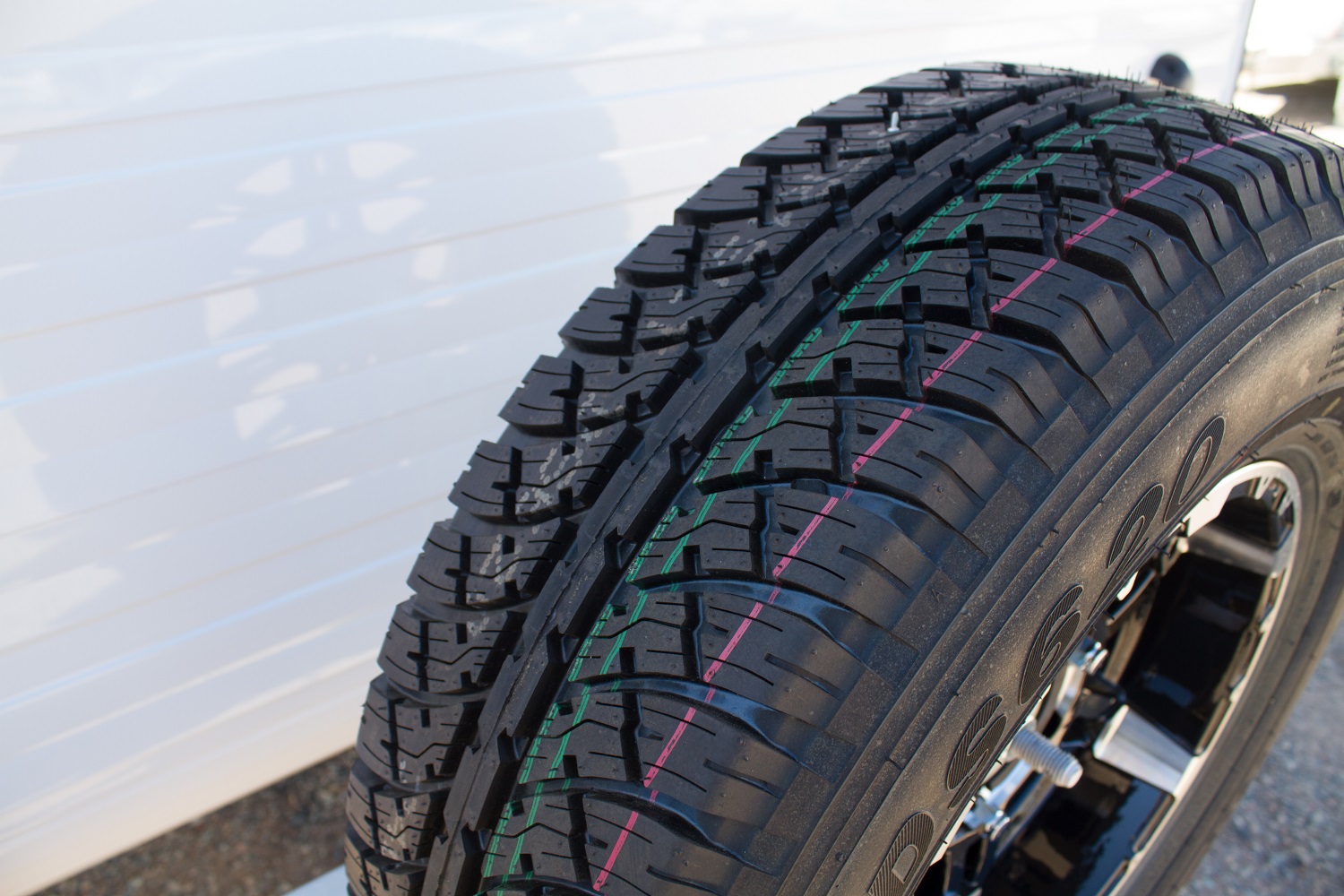
7: Tyres
The tyres are probably the most important parts of the caravan – and tow-vehicle – regarding safety, ride and handling. Maintaining the correct tyre pressure for the particular load is critical. They are the vital items that connect the vehicles with the road surface to provide traction for cornering, acceleration and braking.
Does the Tyre Placard state the fitted tyre size; Minimum Load Rating; Minimum Speed Rating? Does it also state the recommended tyre pressures for both the empty and fully-loaded conditions? If not, consult a specialist tyre supplier for advice on tyre sizes and inflation pressures for the various tyre loadings.
Recommended Tyre Pressure (empty): ……………….. kPa
Recommended Tyre Pressure (fully-loaded): …………….. kPa
Carefully inspect all tyres (entire treads and sidewalls) for any damage, cracks or unusual wear.
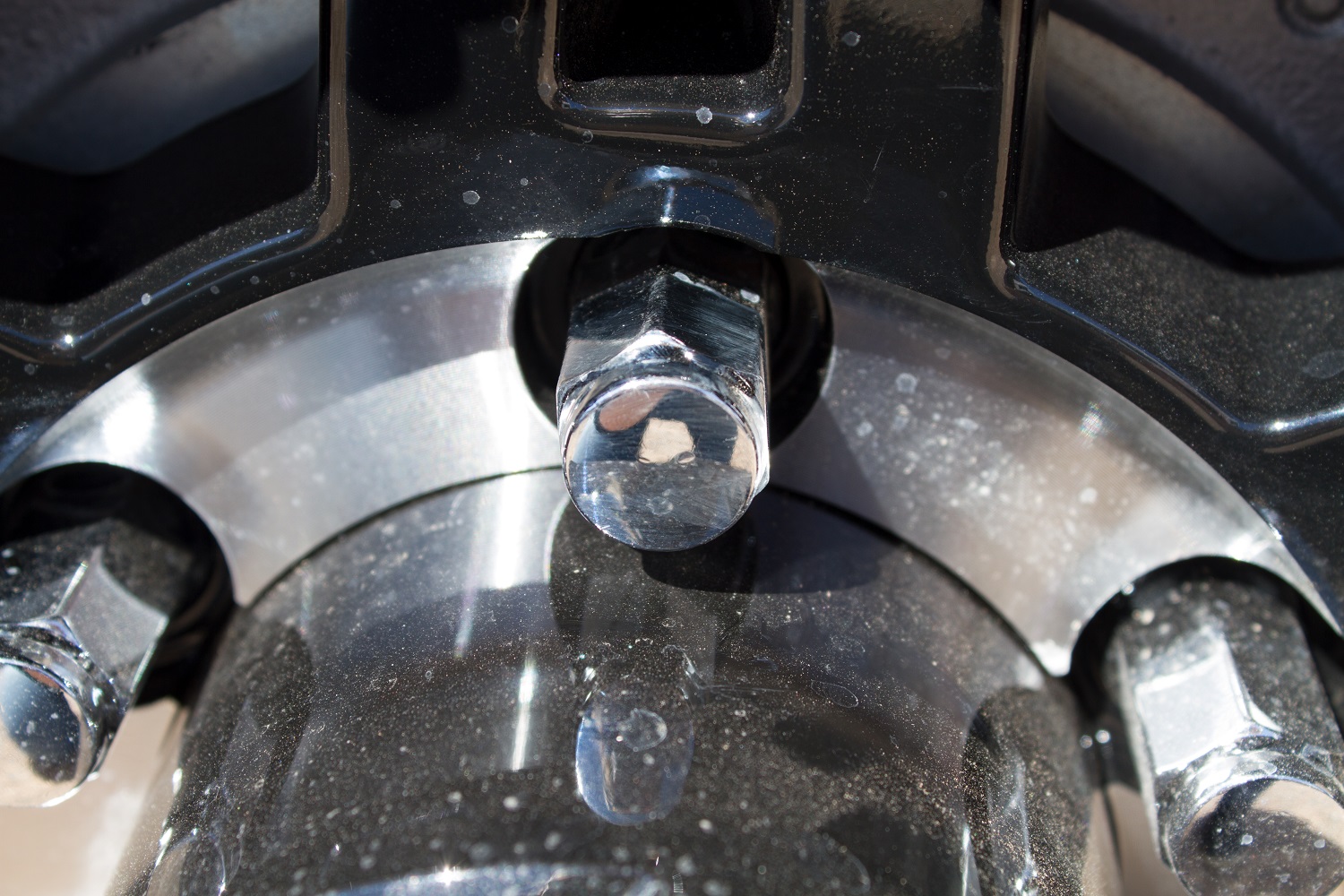
8: Wheel Nuts
It is important that the wheel nuts are fully compatible with the wheel hubs and studs, and are tightened in the proper sequence, to the correct torque using a torque wrench. It is strongly suggested that pencil (or waterproof felt pen) marks be drawn on each wheel nut, with mating marks on the wheel, so that a quick glance will show if a nut has started to become loose. Carefully inspect all wheels to ensure they are properly located on the hub, are undamaged, and are in sound condition.
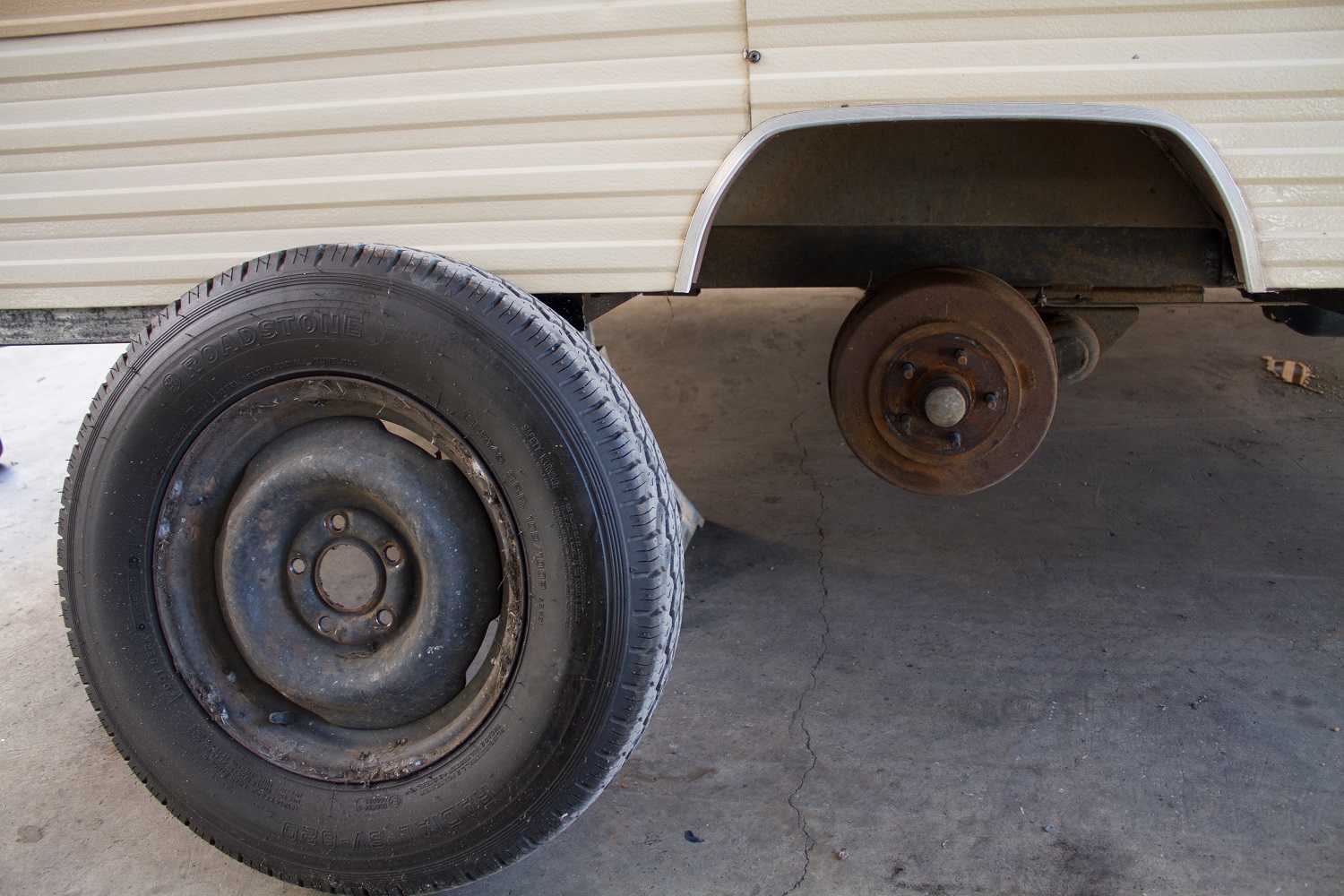
9: Wheel Hub Assemblies
Are the hubs, bearings, stub axles, cap and seals clean and in good condition? Are the bearings correctly grease-packed, correctly tensioned, and secured with split pins?
10: Suspension Components
Are all springs in sound condition and positively located? Are all pins, bushes, hangers and shackles in good condition and lubricated as required?
11: Caravan/Trailer and Tow Vehicle Wiring
Are the socket and plug – and the break-away switch assembly – in good condition, and positively latched when connected?
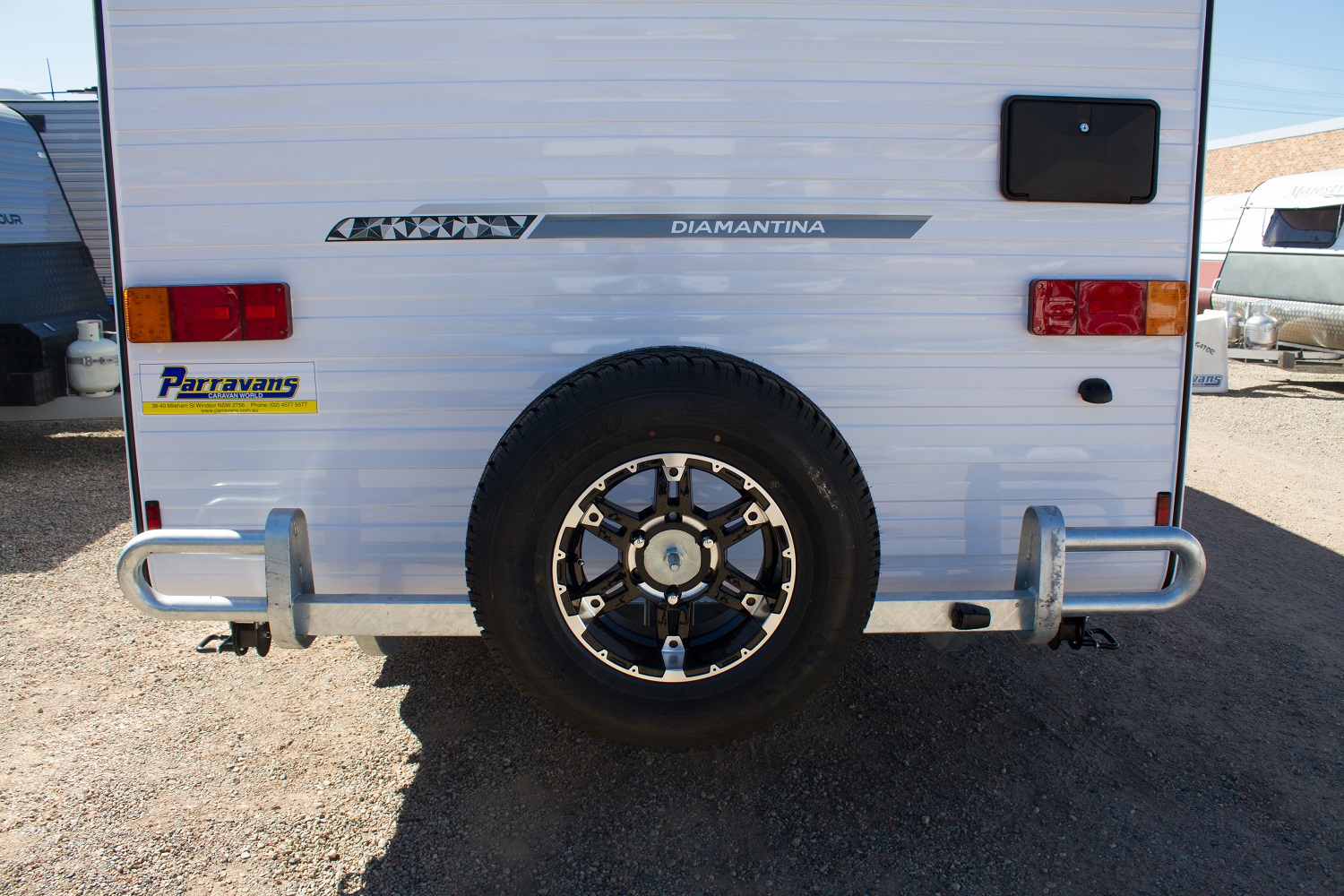
12: Lights and Reflectors
Do all lights work correctly? Are all reflectors clean and in good condition?
13: Appliances
Test all appliances and systems properly on gas, 230-volt AC, and 12-volt DC. Important: If you suspect even the slightest problem, have a licenced technician inspect the van.
14: LPG
Is there a valid certificate of compliance with AS 5601 for the LPG system?
15: Electricity
Is there a valid certificate of compliance with AS 3000/1 for the electrical system? Is the Residual Current Device (RCD) operating correctly? Are extension leads approved and in good condition? Ensure that each battery and solar-panels are serviced as per the manufacturers’ requirements.
16: Tow Vehicle Inspection
It is highly recommended that you have a qualified mechanic inspect all of the safety-related items on the tow vehicle, as would be done for a roadworthiness or registration inspection.
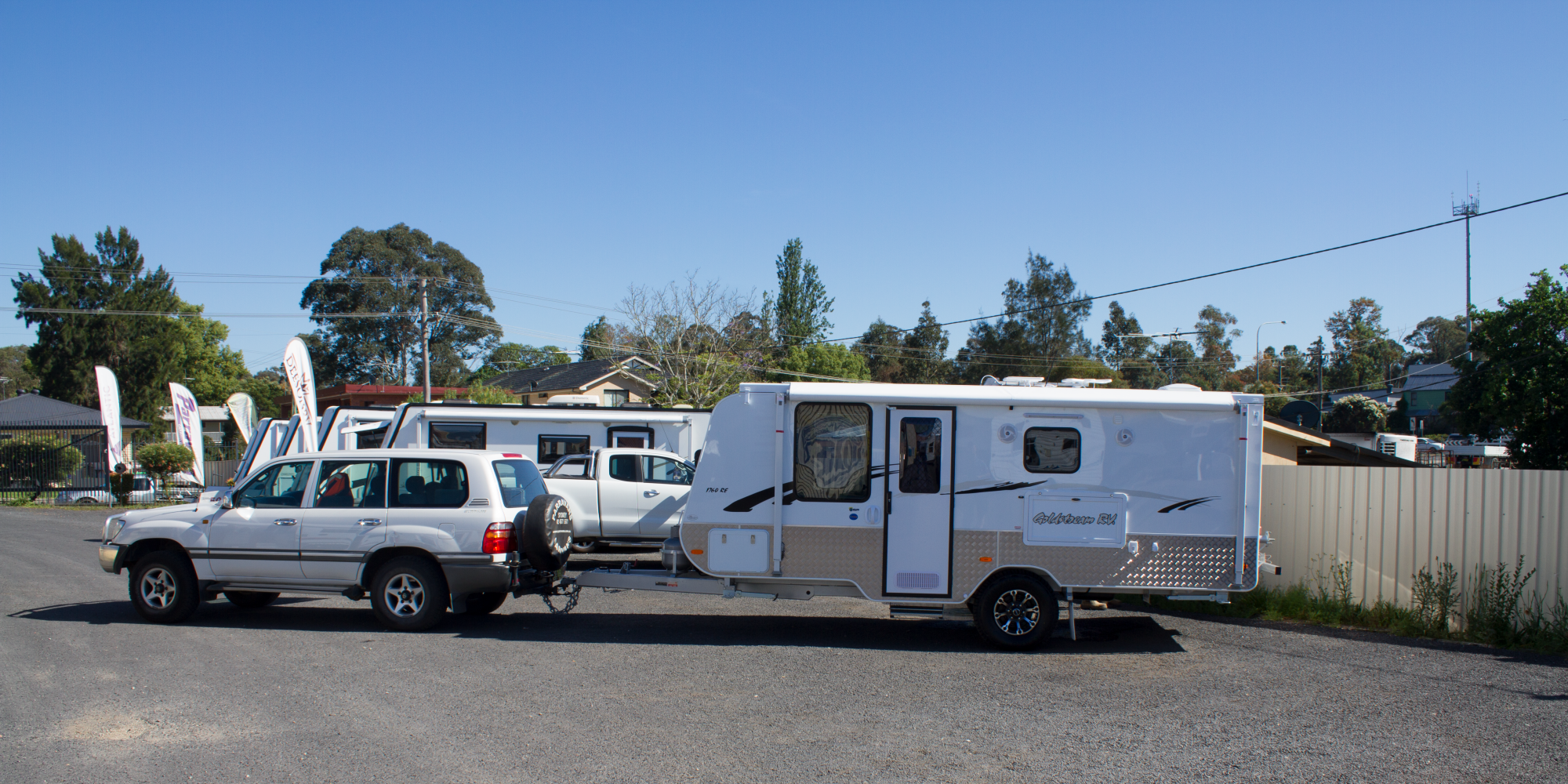
17: Connect the Combination
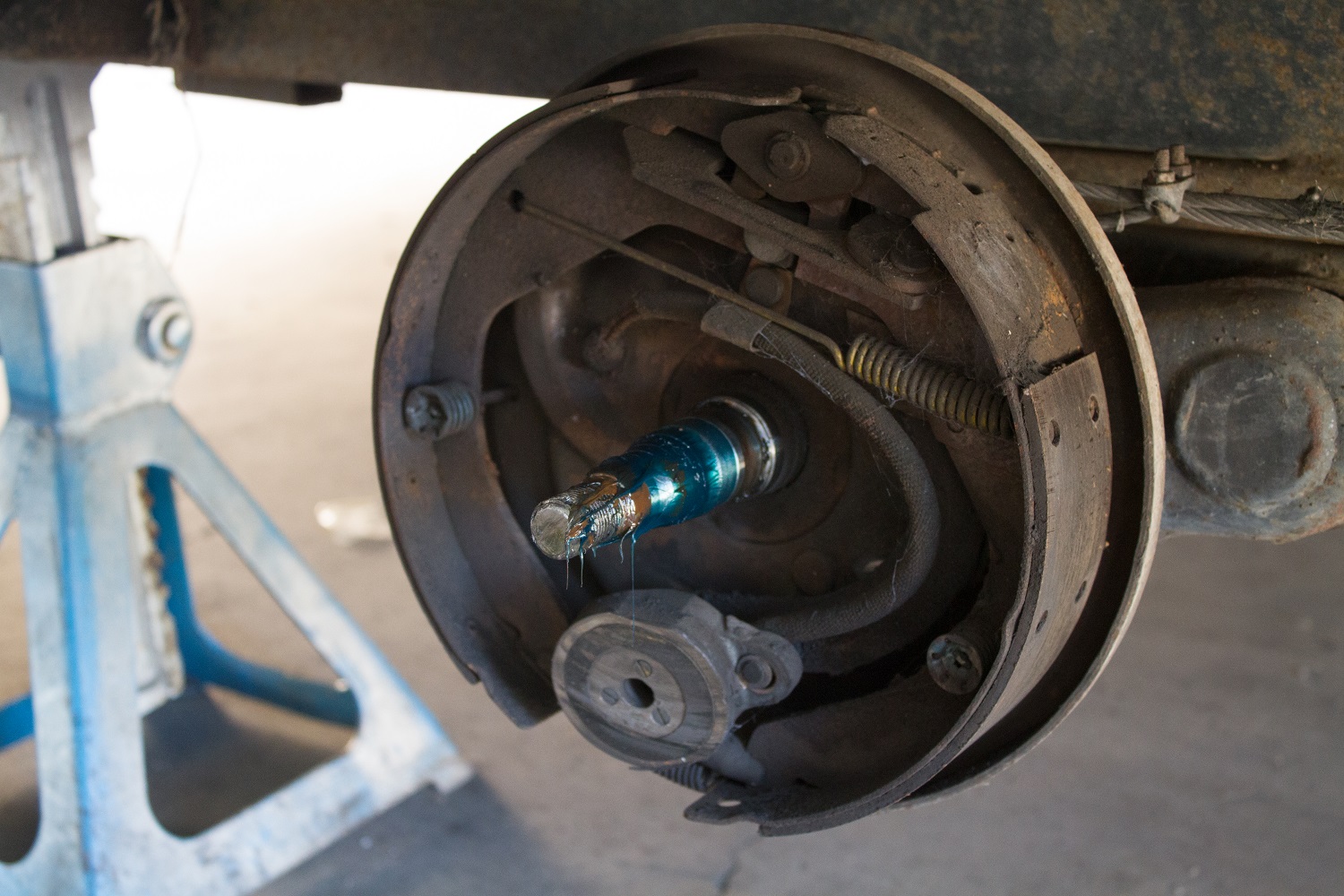
18: Braking System
Because of the higher mass of the combination, the braking systems of both the van and tow vehicle, must be in sound condition and adjusted correctly to provide the best possible straight-line braking. It is imperative that you test the braking system for proper balance – before you head off on holiday – on a safe gravel or wet road, before testing them at a higher speed on a dry sealed road. It is important to know what brake pedal effort is required to provide the required stopping performance.
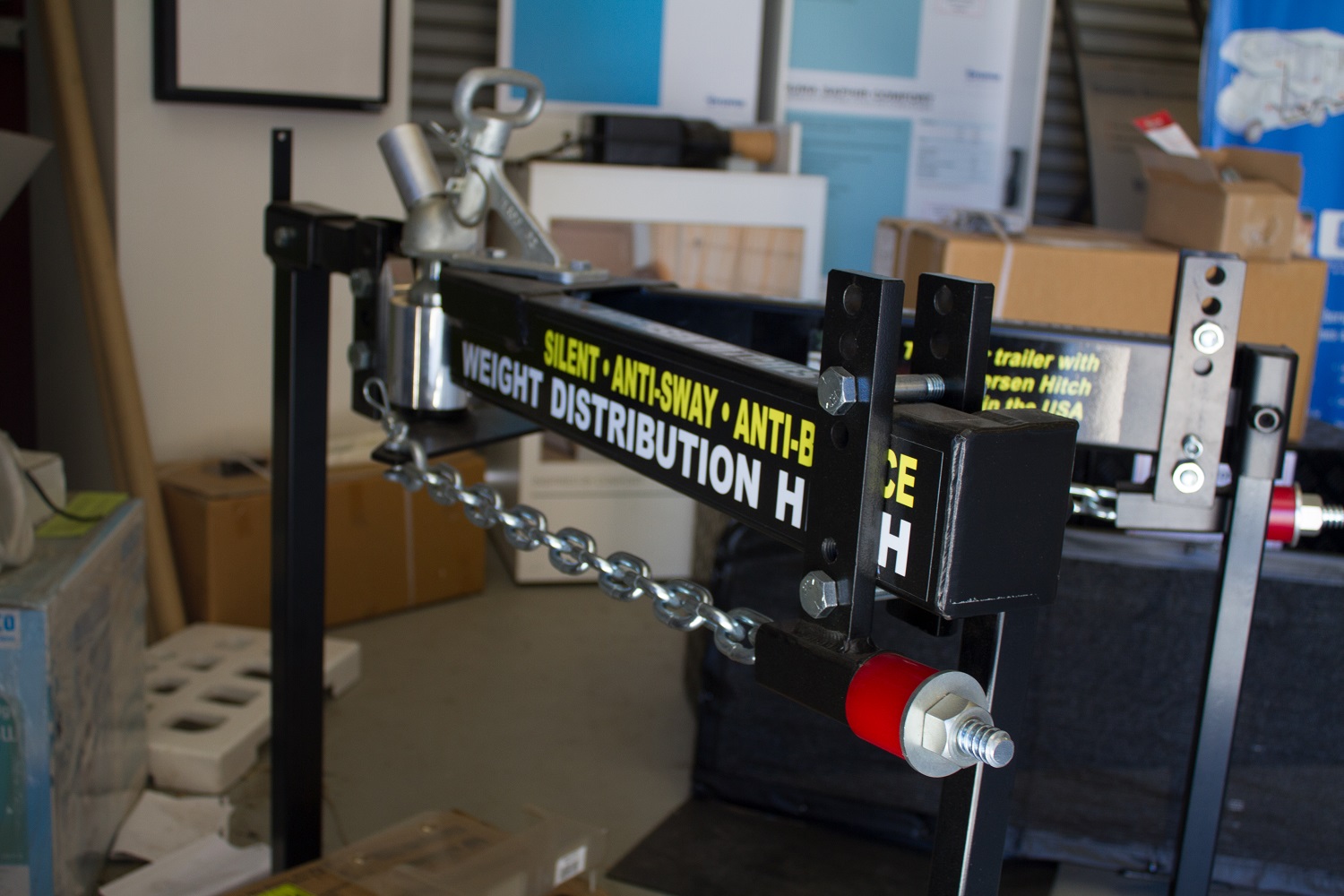
19: Towing Equipment
Ask a specialist caravan equipment supplier if you should be using any towing aids: (a) Weight Distribution Hitch (WDH), (b) Anti-sway system, (c) Extended mirrors. If you are using a towing aid, ensure that you understand how to install and correctly adjust it.
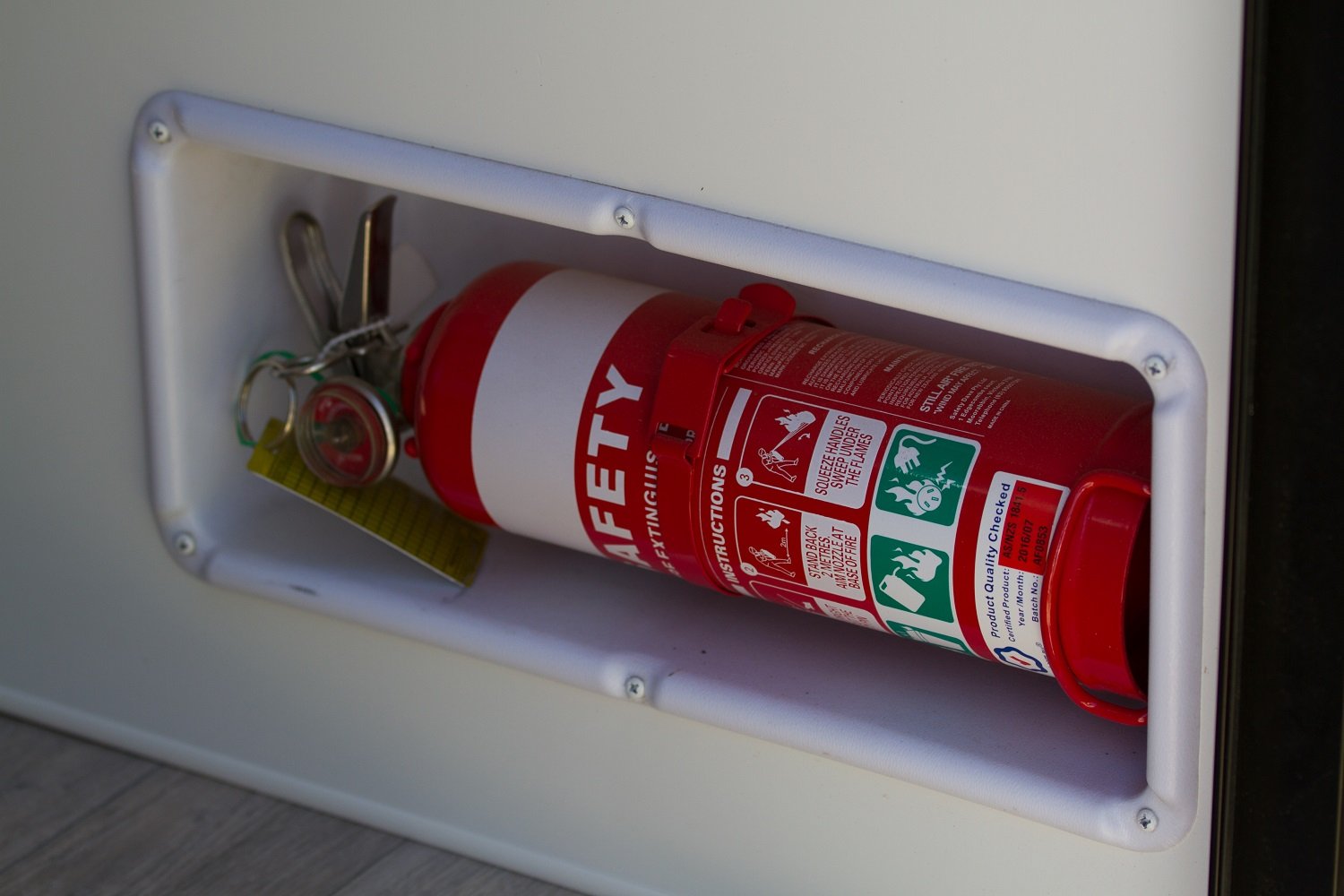
20: Personal Protection
Do you have suitable current insurance for the caravan and tow-vehicle? Do you have a fire extinguisher, smoke detector, CO [carbon monoxide] -detector, and a first aid kit? Are they accessible and in good condition? Ensure that everyone who will be in the caravan reads and understands all safety notices, and knows what to do in an emergency.
We hope you found our 20 Top Tips to make sure your caravan is safe and legal a useful read and that all your travels are exactly that!
Read Next: Why you should be alarmed about caravan safety
Words from the Caravan Council Australia Images Morgan Lane.